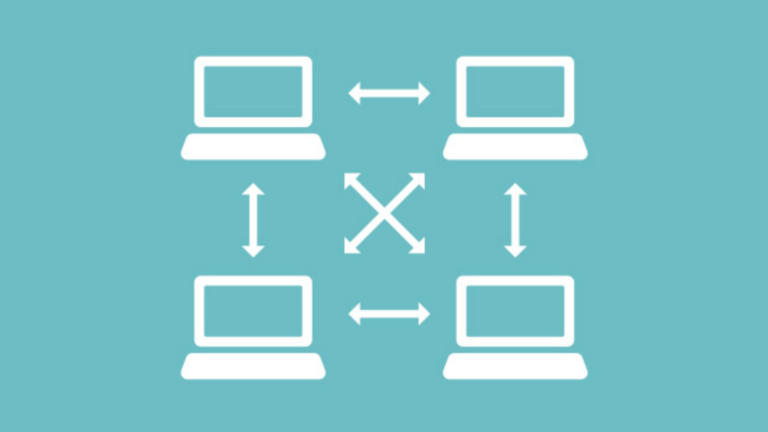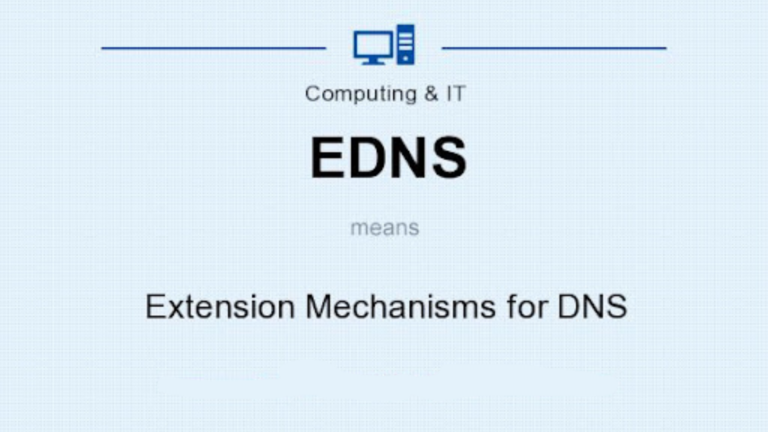How to troubleshoot intermittent DNS issues?
DNS (Domain Name System) issues can be frustrating, especially when they come and go without warning. If you’re having trouble with websites not loading, slow internet, or sudden connection drops, your DNS might be the culprit. This guide will help you identify and fix intermittent DNS problems in a simple and practical way.
What is DNS and Why Does it Matter?
DNS is like the phonebook of the internet. It translates website names (like google.com) into IP addresses that computers understand. If your DNS isn’t working properly, you won’t be able to access websites even if your internet connection is fine.
Common Signs of DNS Issues
Before troubleshooting, check if you’re experiencing any of these problems:
- Some websites won’t load, but others work fine.
- Websites load slowly or not at all, even though your internet seems okay.
- Your connection drops randomly and then comes back.
- You see errors like “DNS server not responding” or “Page not found.”
If any of these sound familiar, follow the steps below to fix the issue.
Step 1: Restart Your Router and Computer
The simplest solution is often the most effective. Restarting your router and computer can clear temporary glitches.
How to Restart:
- Turn off your router and modem.
- Wait for about 30 seconds.
- Turn them back on and let them fully restart.
- Restart your computer as well.
Now check if the issue is resolved.
Step 2: Check for DNS Server Issues
Sometimes, the problem is with your DNS server. If your ISP’s DNS server is unreliable, switching to a public DNS can help.
How to Change DNS Servers:
- Open your computer’s network settings.
- Find the DNS settings and replace them with:
- Google DNS:
8.8.8.8and8.8.4.4 - Cloudflare DNS:
1.1.1.1and1.0.0.1
- Save changes and restart your connection.
Step 3: Flush DNS Cache
Your computer stores DNS information to speed up browsing, but sometimes the cache gets outdated or corrupted.
How to Flush DNS:
- Windows:
- Open Command Prompt (Press
Win + R, typecmd, and press Enter). - Type:
ipconfig /flushdnsand press Enter.
- Mac:
- Open Terminal.
- Type:
sudo killall -HUP mDNSResponderand press Enter.
Try loading a website again.
Step 4: Test Your Connection on Another Device
If DNS issues are happening on only one device, the problem might be with that device’s settings. Try accessing websites from another device (like your phone using mobile data). If websites work fine there, reset the network settings on the problematic device.
Step 5: Disable VPN or Security Software
A VPN, firewall, or antivirus software might be interfering with DNS. Temporarily disable these and see if the problem goes away. If it does, adjust the settings in the software to allow DNS requests.
Step 6: Check for ISP or Network Issues
If all else fails, your internet provider may be having DNS issues. You can:
- Contact your ISP and ask if there are known DNS problems.
- Use a mobile hotspot to test if the problem is with your ISP.
Final Thoughts
Intermittent DNS problems can be annoying, but they’re usually fixable with these steps. If the issue keeps coming back, consider using a more reliable DNS service permanently or getting a better router. If none of these solutions work, contact your ISP for further assistance.






